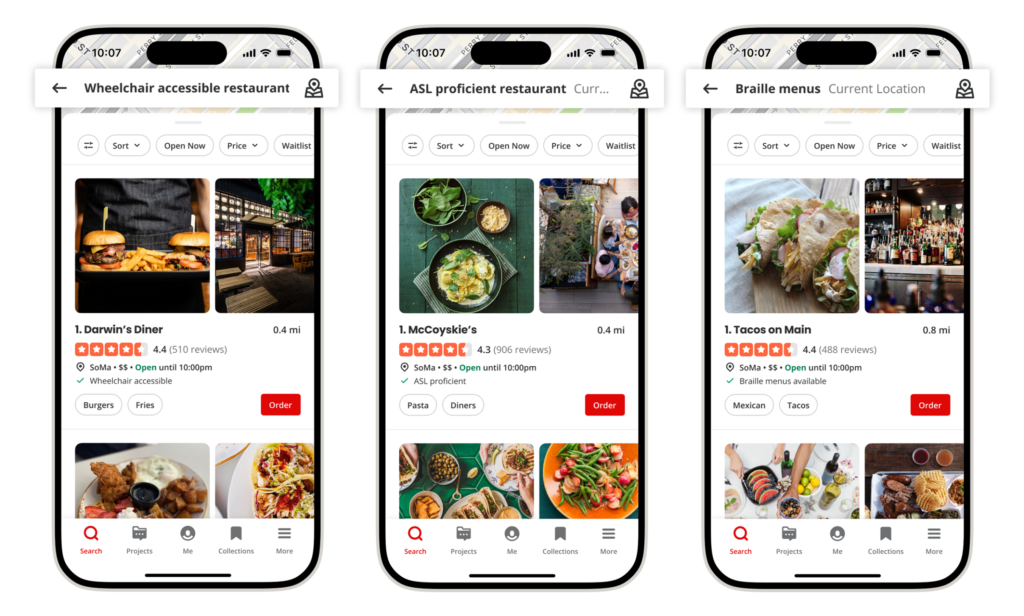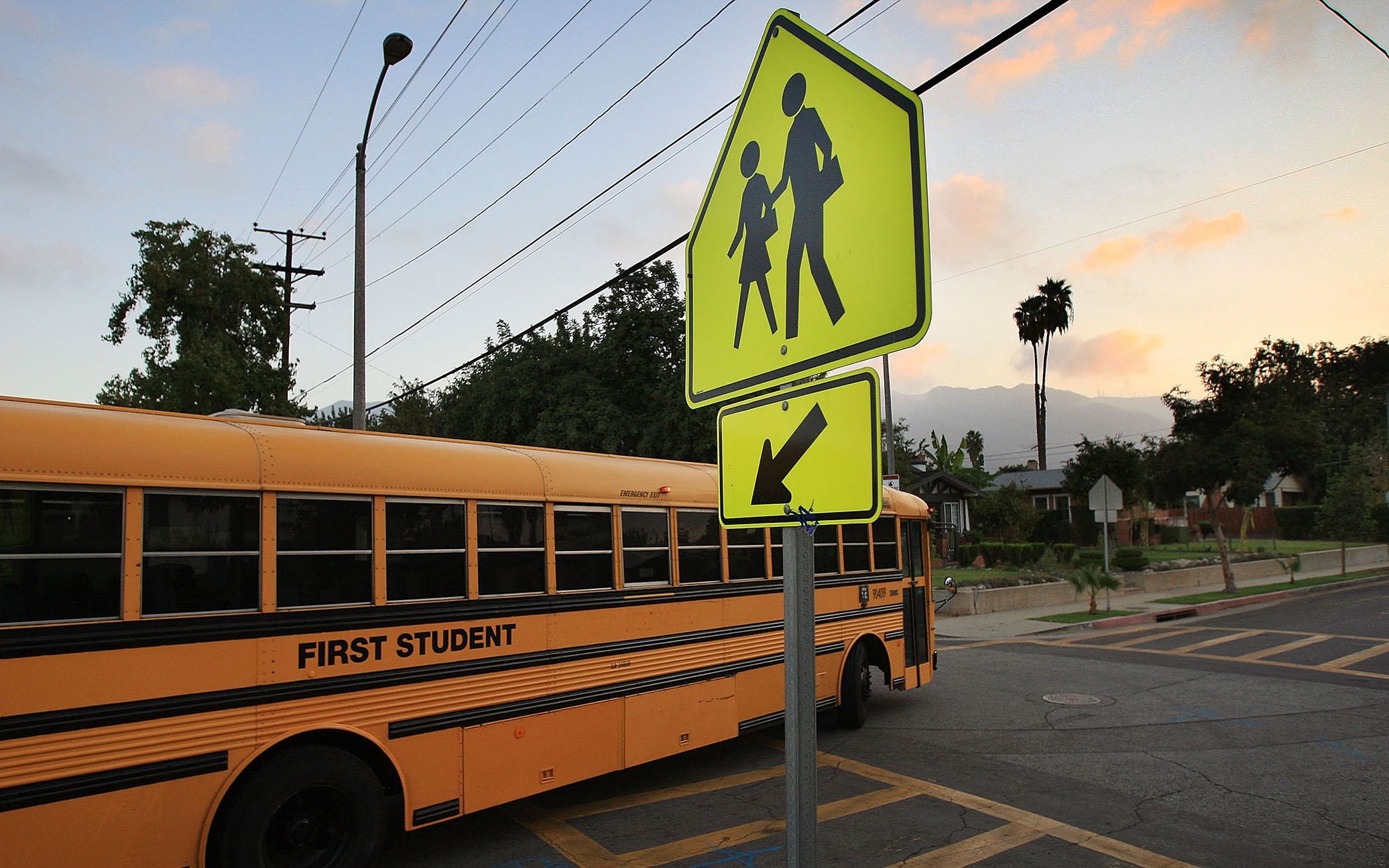
Yelp has introduced new accessibility features to help people with disabilities connect with local businesses. In collaboration with disability advocacy groups, Yelp has added searchable accessibility attributes, AI-powered alt text for photos, and an accessibility resource center for business owners. These initiatives aim to meet the diverse needs of the 42 million Americans with disabilities by making it easier for users to find businesses that meet their specific mobility, hearing and visual accessibility requirements.
New accessibility attributes include features such as accessible parking, ADA-compliant entrances and bathrooms, and no steps or stairs for mobility. For hearing accessibility, businesses can now indicate whether they have staff proficient in American Sign Language (ASL) and provide closed captioning on televisions. Visual accessibility attributes include the availability of Braille menus and QR code menus, allowing visually impaired users to access information on their devices. These attributes can be searched using phrases such as “wheelchair accessible,” “ASL proficiency,” and “Braille menus,” and are listed in a new “Accessibility” section on business pages.

To further improve the user experience for the visually impaired, Yelp has implemented AI-powered alternative text descriptions for photos, improved color contrast, and better screen reader functionality. This ensures that users who rely on screen readers can access detailed photo descriptions, such as menu items or signature cocktails, helping them make informed decisions about local businesses. These AI-powered descriptions are currently available for desktop and will expand to all platforms and categories.
Yelp has also launched a Accessibility Resource Center to support business owners in adopting inclusive practices. This center provides tools and information from leaders in disability inclusion, offering guidance on how to create more accessible spaces. Yelp remains dedicated to fostering an inclusive environment, both for its employees and the community at large, through continued investments in accessibility programs and policies.
Practical steps for small businesses to improve accessibility without breaking the bank
Large companies like Yelp may have the budget or funds to revamp their website and offer these amazing features. However, smaller businesses can improve their accessibility without incurring significant costs by adopting several practical strategies:
Take advantage of free or low-cost tools
- Alt text for images – use free tools like ChatGPT, Microsoft Copilot, Google Gemini either claudio generate and add detailed and appropriate alternative text to images on websites, ensuring that visually impaired users can understand visual content through screen readers.
- Website Accessibility Checkers – Use free online tools like WAVE either Google’s lighthouse to evaluate and improve the accessibility of the website. These tools can identify areas that need adjustments, such as color contrast and keyboard navigation.
Train staff on accessibility
- Provide basic training to employees on how to assist customers with disabilities. This can include simple steps like learning basic sign language phrases or understanding how to respectfully offer help.
- Training resources can often be found for free online or through local community organizations dedicated to disability inclusion.
Implement simple physical changes
- Ensure entrances are accessible by adding ramps or portable ramps if permanent solutions are not feasible.
- Arrange furniture to create wide hallways and clear paths, making spaces easier to navigate for people who use wheelchairs or mobility devices.
Accessible communication
- Use clear and simple language in written communications, both online and offline. This helps people with cognitive disabilities and non-native speakers.
- Provide multiple contact options, such as email, phone, and text, to accommodate different communication preferences.
Inclusive digital practices
- Offer content in multiple formats, such as providing transcripts of audio content and video subtitles. Tools like YouTube’s automatic subtitles can be a starting point.
- Implement easy-to-use QR codes to access digital menus or product information, making it easier for visually impaired customers to use their devices to read content.
Partner with local disability organizations for feedback on how to make the business more accessible. These organizations can provide valuable information, often at little or no cost.
Participate in local programs or initiatives that promote accessibility and inclusion, which can also improve the company’s reputation within the community.
Grant Opportunities
Look for grants and funding opportunities specifically aimed at improving accessibility. Governments and non-profit organizations often offer financial support. for companies looking to make accessibility improvements.
By implementing these strategies, smaller businesses can create more inclusive environments without significant financial burdens. Prioritizing accessibility not only expands the customer base but also fosters a community that values and supports all individuals.
chatGPT, a potential tool for greater accessibility, was used as a research and writing aid for this blog post. Do you think this is an appropriate use of chatGPT? Why or why not? Let me know!






